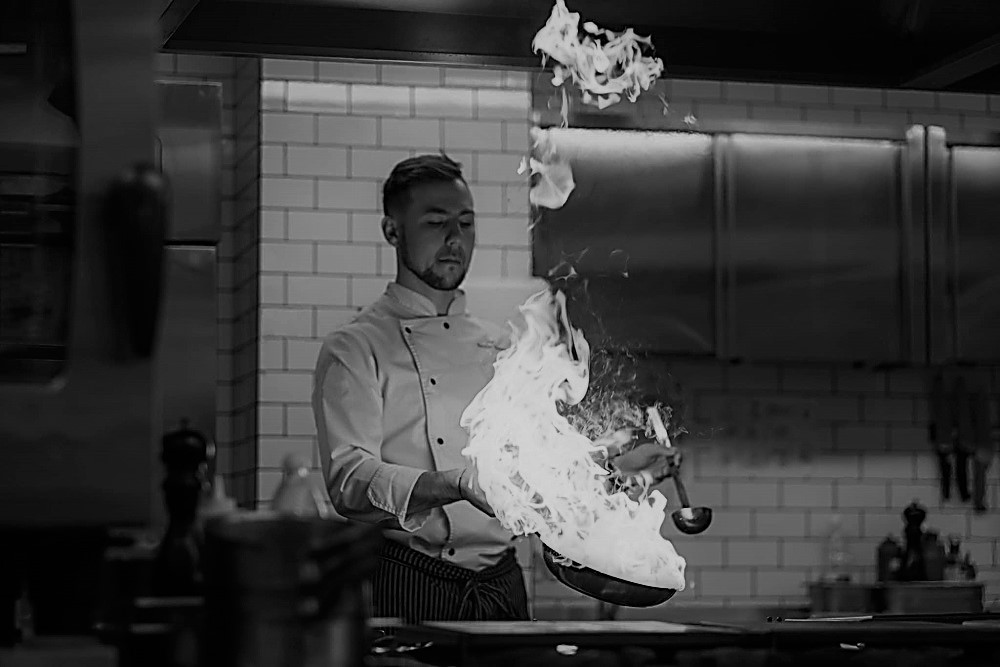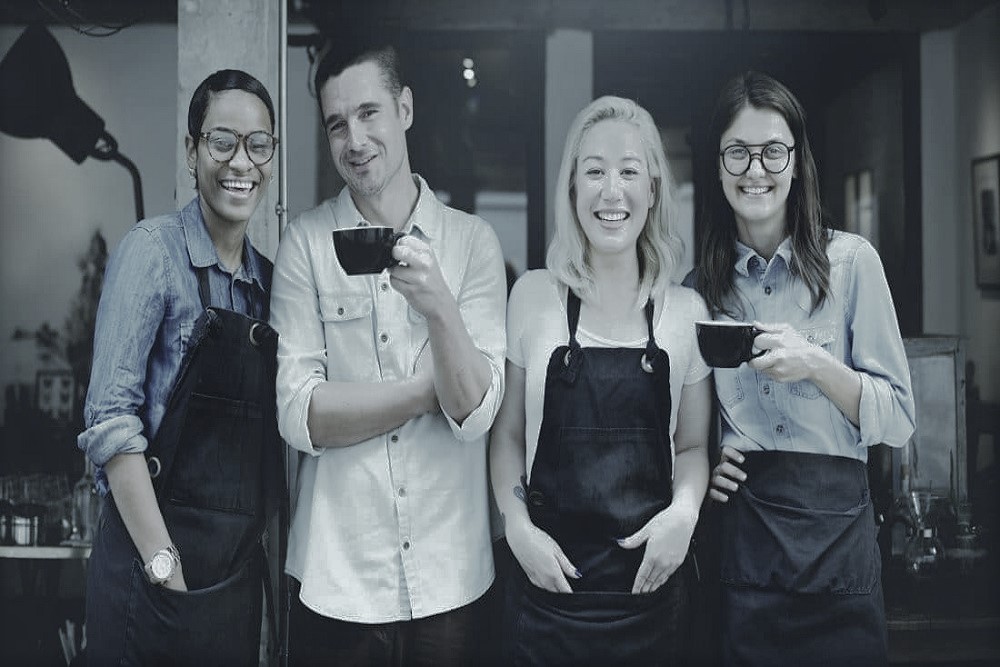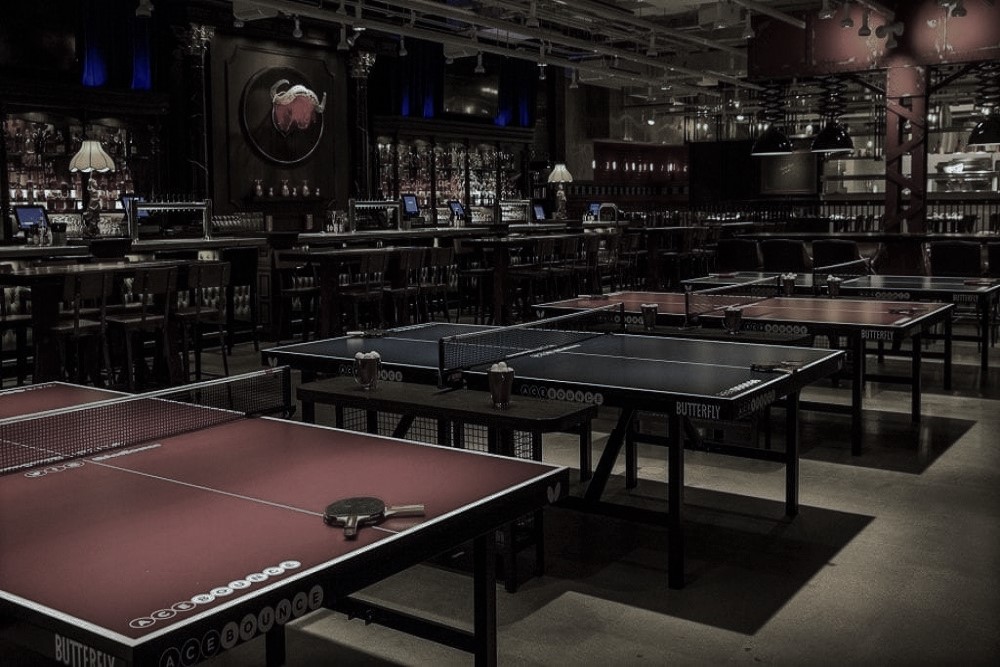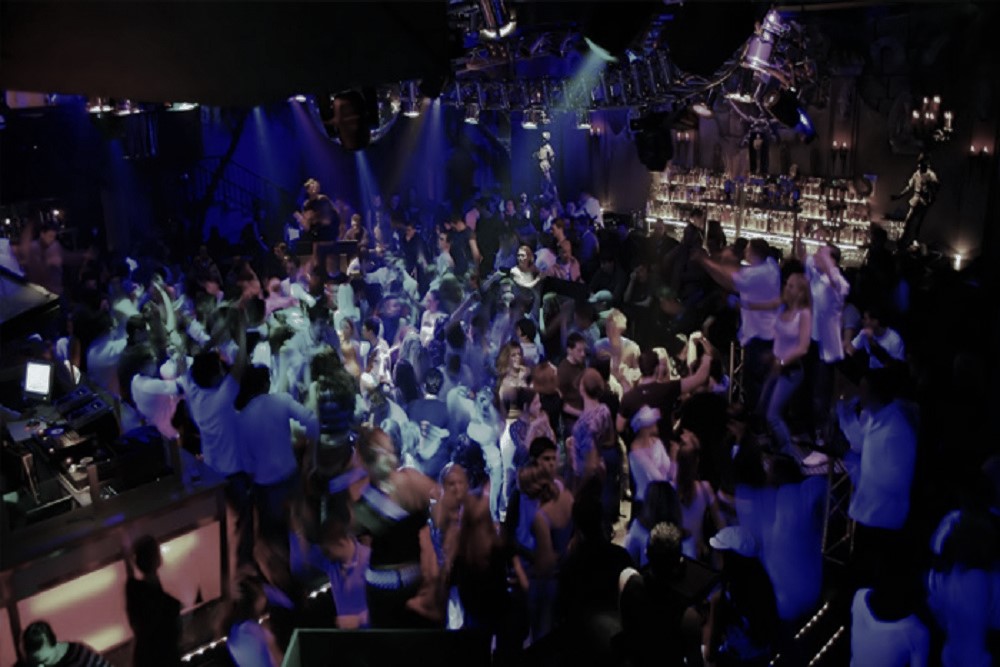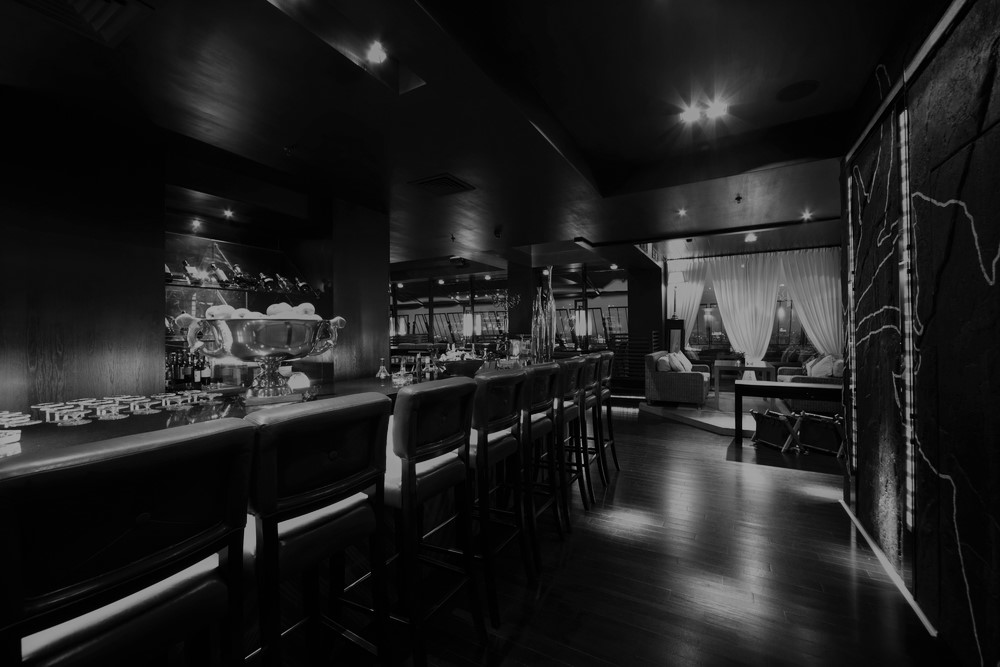Should Restaurants Ditch 3rd Party Delivery
By Doug Radkey – 11/12/18
Should restaurants ditch third party delivery apps and create their own in-house off-premise strategy? I recently took part in a few online conversations surrounding third party delivery apps – from both the consumer and the restaurant operator point-of-view.
If you follow along – I am not a fan of these services (at all). I’ve never used them nor suggested a brand to use them.
While I embrace technology in the restaurant space (and off-premise dining options) – I feel the business model surrounding these apps (in particular UberEats and Skip the Dishes during these most recent discussions) are lacking in both customer service and transparency while further killing overall restaurant profits (like operators today need anymore of that).
Let’s look at a recent transaction. I recently saw a screenshot from a consumer using a third party delivery application. After a delivery fee, a busy area fee, a peak delivery time fee, and the delivery fee taxes, a meal that was listed as $8.89 on the menu ended up costing them $30.36.
Of that, the restaurant earned a mediocre $6.67 of that order.
It’s not exactly a traditional breakdown of revenue that we see in restaurants, and operators today are struggling to adapt to this ever-changing restaurant landscape. I feel it came at them much too fast and many have jumped on board because they felt they had to.
But I have a question – why are we not doing a better job to get guests to spend that $30.36 they were willing to spend – in the restaurant or at least through our own off-premise dining program?
With a little effort – it can happen!
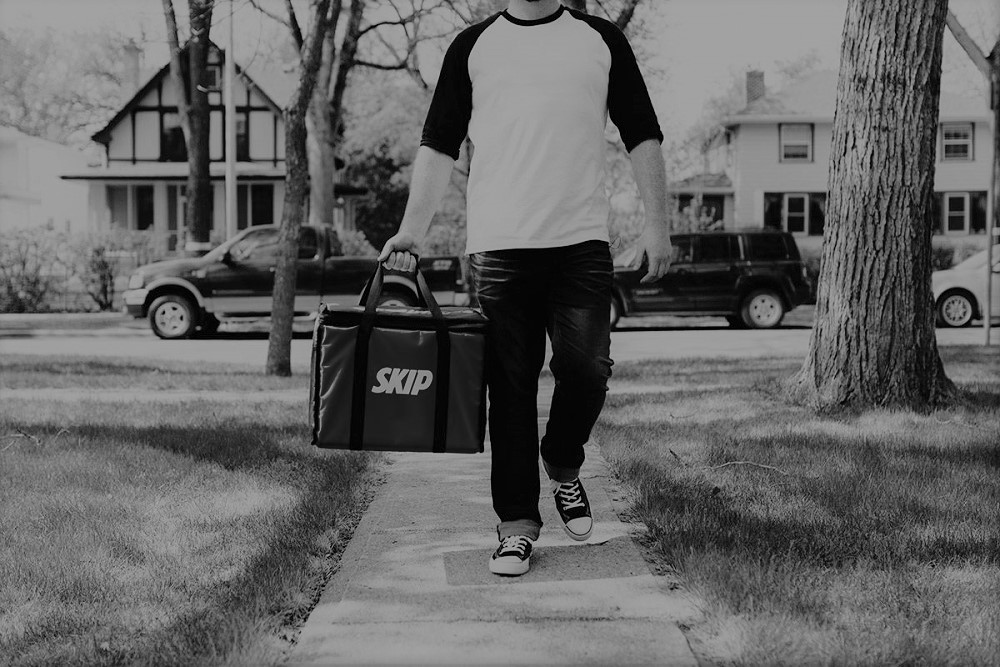
Here is what we know. Delivery and off-premise dining has disrupted the restaurant industry more in the last five years than anything else. Digital ordering paired with the outsourcing of delivery has impacted restaurant traffic, revenue, profit and overall restaurant operations like no other piece of industry-wide technology.
Based on the conversations this past weekend it seemed liked the only party benefiting from the use of these apps – was the third party. However, if you ask them, they’re apparently not making ‘huge profits’ either.
Here are a few notable quotes from the public chat that took place on Facebook – again from both consumer & operators:
“I’ve deleted the app – every time I’ve ordered, something goes wrong and a lot of times it’s the drivers fault not paying attention” – Consumer
—
“If you’re doing takeout, pick it up from your local business. Other than that you’re rolling the dice” – Operator
—
“Their chat-bot told me ‘we are deeply disappointed that we have failed to provide you with optimum service during your orders and for this reason we have decided that it is best to remove ourselves from this relationship’” – Consumer
—
“Best thing to do is get out and support your local restaurants, leave these rip off merchants congeal back in the gutter where they belong” – Operator
—
“I had no idea these apps take such a percentage from the restaurant on top of the delivery fee. I will no longer order through an app. I thought I was supporting my favorite restaurant, but apparently I wasn’t” – Consumer
—
Not much of anything positive.
Here’s the thing; recent stats are showing staggering numbers such as 60% of consumers ordering delivery in the past 30 days. Based on trend reports, this is ‘unfortunately’ only going to climb – even though I personally wish more people would visit restaurants, engage in the experience, get out of their home, and socialize with others away from their smart-phone.
But out of those that do order delivery through these third parties, 30% are experiencing poor customer experiences – with either the app or the restaurant – or both.
That is significantly higher than the number of complaints one would receive at the restaurant level without a third party being involved.
Here’s the next problem; according to a study by Steritech, consumers are placing over 80% of the problems on the restaurant through the use of these apps (even if most problems are not their fault).
Due to the third party app, a gap in communication immediately happens between the consumer and the restaurant. This leads to the restaurant not being able to often resolve the problem in a timely manner before that consumer blasts them for something on social media.
Not a pleasant situation.
This is because they’re sending their complaints directly to the third party app (the platform that ultimately placed the order for them) – which I suppose makes sense from a consumer point-of-view. This however leads to over 25% saying they would not order from the restaurant ever again – not entirely fair considering the restaurant may never have even known about this unhappy experience.
Furthermore:
- 14% say food quality was not as expected (likely due to travel time or packaging)
- 19% say the order took too long
- 19% say the food wasn’t the correct temperature when it arrived (timing or packaging issue)
- 29% say the order was incorrect or missing something
All of this could be avoided! When partnering with these mainstream third party apps – you’re also:
- Losing a direct communication channel
- Losing positive brand perception
- Losing much needed profits to sustain yourself
- Losing consumer data for future marketing
- Losing foot traffic in your dine-in real estate
Most importantly – you’re losing control once that food leaves your four walls.
Why on earth are we doing this to ourselves for such limited margins?
If you are operating a restaurant and are currently using these apps – though you will never have full control of the situation, there are a number of options available to you to leverage more control.
That said I encourage you to consider your own in-house off-premise program. These options below should be considered whether you’re partnering with a third party or if you’re offering your own in-house platform:
- Offering a limited delivery only menu option with higher margins (consumers are obviously willing to spend more)
- Offering limited day-part delivery times (example; not at 6pm on a Saturday when the kitchen is slammed)
- Using specialized take-out packaging for certain menu items to protect the quality of your unique food options
- Using tamper-proof packaging so delivery drivers cannot alter the order (happens often)
- Having a quality control program (or expeditor) reviewing meals before it leaves the restaurant
- Sending printed customer care promises (how to reach the restaurant directly) delivered with the meal
There are much better options out there for digital take-out, delivery, catering, and off-premise dining that will allow you to keep control of all of the above while maximizing profits including the introduction of your own off-premise strategy – which will often keep costs to under 10% – no joke!
Then, use these ‘savings’ to increase your own marketing & advertising efforts. It surely won’t be 25-30% like what these third party delivery apps are currently taking from independent operators (which you were willing to give up anyway); keeping more money in your pocket.
This type of in-house strategy will also differentiate your brand from the competition that is also increasing each day on these main-stream app platforms.
How will you stand out and make your brand memorable? How will you position your brand for a sustainable future? How will you protect your brand, its profits, and utilize the available customer data?
Don’t partner with them just because it seems like the easy thing to do or ‘because everyone is using them.’
The notion that you must be on them to survive is 100% inaccurate. If you need to use them for ‘marketing’ – you need to learn more about marketing.
Take a stand and learn about your options first.
I am yet to hear a positive story on how these main-stream third party delivery apps have actually helped their business grow in the long-term. In my professional opinion, restaurants should ditch third party delivery apps.





